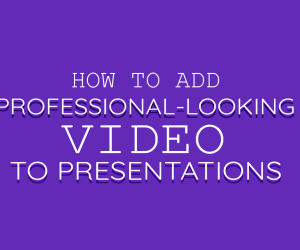To have gone through all the crazed research writing about a topic you would rather read out your paper than present and deliver it to a room full of strangers and acquaintances. Like the writing part wasn’t hard enough!
A well written speech will immediately lose out on all its value if you just read it from the paper that you have written it on. Reading the speech out is like losing half the battle right in the beginning; you should never read your speech unless it is highly technical like a new medical breakthrough. A good speech delivery should seem like it is an extempore rather than a paper reading competition.

The non-verbal part of your speech makes up for the success or failure of your speech, it is through your non-verbal actions such as body posture, vocal expressions, gestures and self-presentation that the audiences take your message with all seriousness.
The interplay between the verbal and non-verbal components will decide whether they make your message vividly come alive or confuse and bore the audience even before you are half way through. Making sure to strike a balance between the two is the best way to be heard with attention.
Why You Should Deliver a Speech and not Read it Before an Audience!
As an audience the people in the room will lose confidence and interest in your ability and capability as an expert, a speaker and most of all what you stand for. An excellent delivery makes sure to leave the audience in awe and compel them to believe that what you stand for is what should be. A good delivery marks the success of a public speaker as it slowly tends to access its path in the minds of its listeners influencing their thoughts and changing mildly if not forming opinions becoming a catalyst in its own capacity.
A good delivery is a cohesive mix of five elements that talk about why you should deliver and not read.
Conversational Style and Quality
The way you express yourself will go a long way if you are going to be giving speeches regularly. If you involve the audience in what you are going to talk about and make it interactive only then will your readers want to pay attention. Also you as a speaker need to make it sound “spontaneous” no matter how many times you may have rehearsed it.
Eye Contact
Eye contact is a powerful tool. It shows sincerity and gives the impression that you know what you are talking about and while you have done your research well, you are already at expertise with the topic at hand. If you feel intimidated by the eyes of your audience then you can resort to “faking” it by looking at the wall right above their head.
Vocalic
Also known as the paralanguage this is to convey the message through modulation in your voice and tone. Being loud and clear is the first thing you will need to do so that you don’t eat up your words and are loud enough to be audible to the audience sitting at the back of the room. The rate of speed and your pitch will help the audiences identify the major points of your speech.
Physical Manipulation
Your posture and movement are very important so stand up tall and glide across the room with a sure foot. When you present a speech you present what you stand for and hence yourself, dress up appropriately and look smart.
Variety
Variety is the spice of life and so it is essentially vital to your speech not to use the same gestures over and over again. Make sure your hand, body and words are moving in sync.
Luckily delivering a good speech is a habit learned over time and will keep strengthening over time with practice. Start today!


